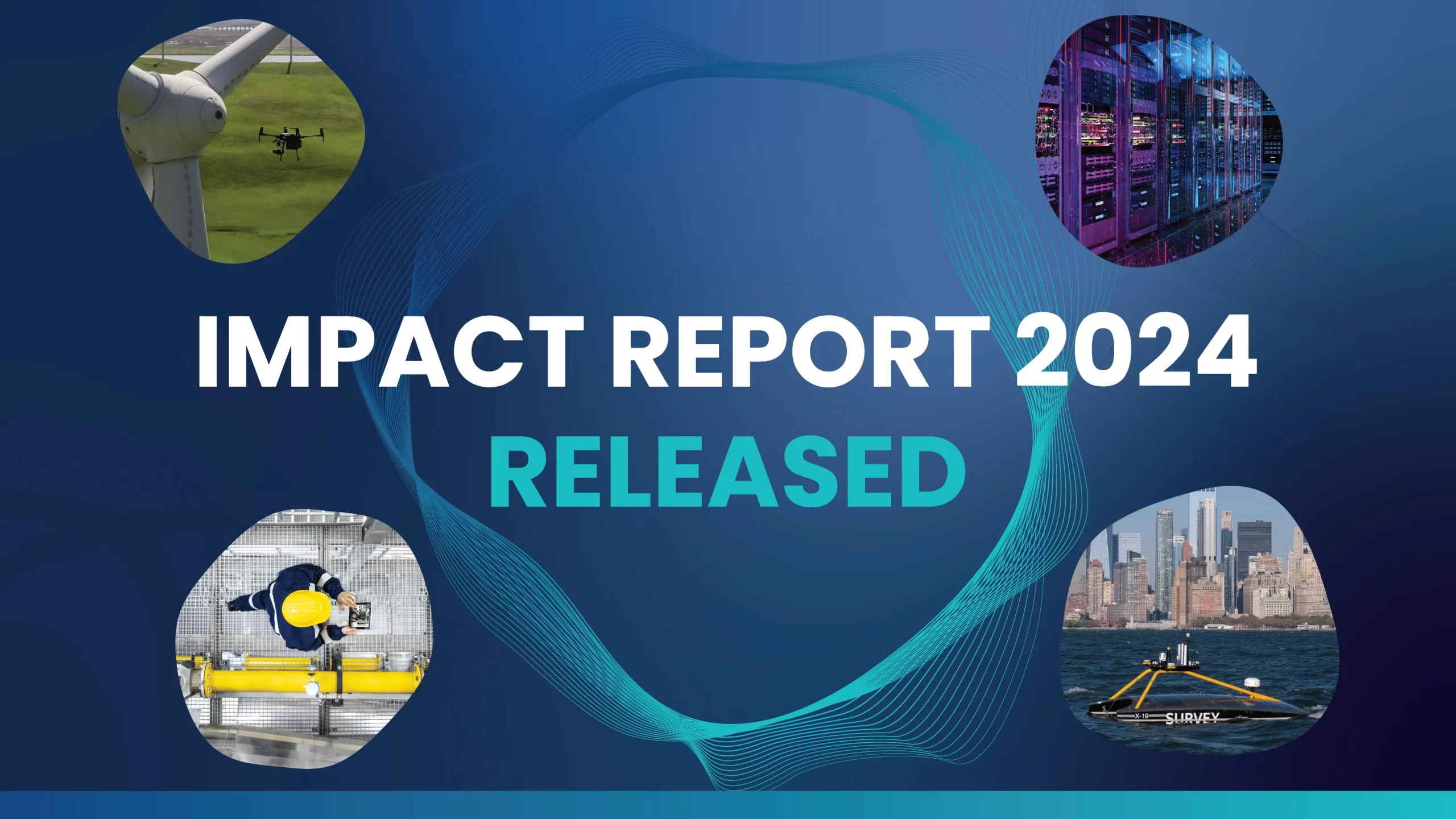

Climate Investment

Steel is virtually everywhere: it is used to create myriad products – from needles and laptops to buildings, bridges, ships and wind turbines. Steel is traditionally produced in blast furnaces, using coal to convert iron oxide, and generating as much as 9% of manmade carbon dioxide (CO2) emissions, according to the World Steel Association.
With around 550 steel plants globally, decarbonizing the sector is key to transitioning to and maintaining a low-carbon economy – and Climate Investment’s portfolio company Boston Metal is one of the innovators paving the way.
How Boston Metal cleans its steel: Molten Oxide Electrolysis (MOE)
Learn more here: Boston Metal – Green Steel Solution
U.S.-based Boston Metal has developed a revolutionary carbon-free technology that enables a more efficient, more environmentally sustainable, and less costly production of critical metals, including steel, without scaling limitations. This cutting-edge solution, where electrolysis replaces the use of coal and the resulting generation of CO2 emissions, has won accolades from customer and investors alike. Since the start of 2023 alone, Boston Metal made the Global Cleantech 100 list for the fourth consecutive year, was crowned the 2023 North American Company of the Year by the Cleantech Group, and announced a $120 million first close of its Series C financing round.
Having first invested in Boston Metal in 2019, Climate Investment also participated in this round, led by global steel industry heavyweight ArcelorMittal S.A. alongside new investors – Microsoft’s Climate Innovation Fund and SiteGround Capital. Microsoft is an example of a large corporate investor with no direct involvement in the steel sector, but with a strategic interest in enabling and achieving its ambitious climate targets.
Challenges in developing near-zero steel include:
Groundwork for near-zero emission steel technologies is needed now to enable the large-scale industry-wide shift required, including retrofitting carbon capture, utilization and storage (CCUS) solutions, and expanding the deployment of hydrogen-based Direct Reduced Iron (DRI) furnaces.
Current market dynamics and a volatile gas price environment further underline the need for direct electrification of primary steel production or production via green hydrogen-DRI processes. Near-zero steel solutions need to be scalable for them to be deployable and impactful, and Boston Metal’s technology delivers exactly that.
Solutions to decarbonize steel can be near-term, which might include technology-enabled process improvements or enhanced circularity opportunities for resource efficiency; or longer-term, such as electrification. Major steel producers have pledged to reach net-zero emissions by 2050 and/or deliver significant emissions reduction in the coming years and decades. We at Climate Investment believe that timeframe can be accelerated, and Boston Metal offers such a solution – and not only for steel production, but also for ferrous alloys, such as ferrovanadium for high-strength tooling steel products.
Key criteria for successful adoption and fast growth for any near-zero emission steel solution are low barriers to process-adoption, low CO2 abatement cost, and the ability to retrofit while utilizing existing infrastructure. And as with global decarbonization more broadly, responsive, tailored regulations – subsidies, trade policy and certification – are also essential to stimulate adoption. A set carbon price or attractive financing mechanisms are required to bridge any near-term “green premium” and level the global playing field.
Opportunities for accelerated impact include:
Climate Investment’s proposition as an investor in a sector such as steel is two-fold. Unlike many project investors, we are willing to accept early execution risk prior to a final investment decision (FID), filling a market gap by backing or providing finance to development-stage assets and seeking to provide investable examples of decarbonization solutions. Our current investors see the benefits of collaborating along the value chain in pursuit of Scope 3 decarbonization solutions. They, as large buyers of steel, are interested in procuring near-zero emission steel – and have the ability to leverage purchasing power to drive demand resulting in economies of scale and lower costs.
Examples of policy support for steel decarbonization:
Climate Investment maintains close relationships with progressive industry participants and regulatory bodies to ensure all levers can be pulled in support of new market creation. Regulatory frameworks, technology and asset development and implementation all take considerable time – but need to be actioned now for the scalable climate benefits to flow through into 2030 and beyond.



We use cookies to give you the best possible experience when using our website. Many of these cookies are essential to the efficient operation of this site. For more information visit our privacy policy. View cookies.